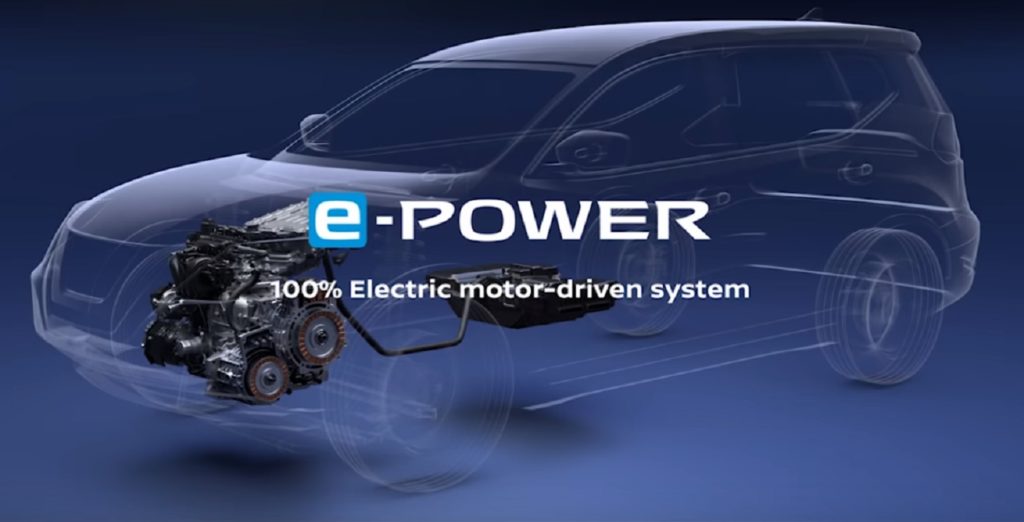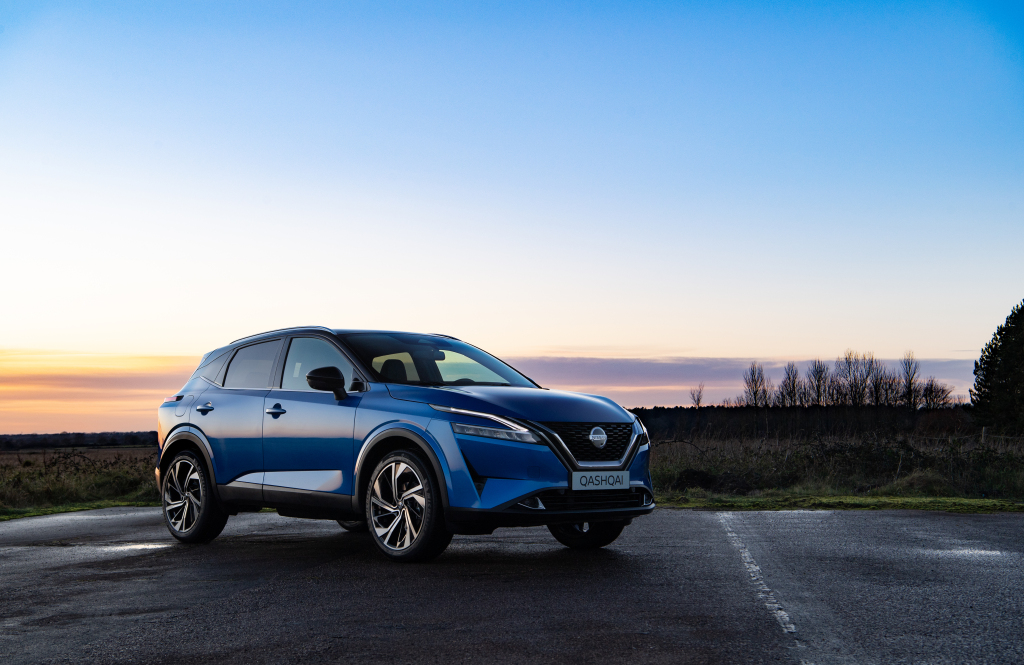DTG is a system created to facilitate vehicles’ classification by their emissions utilizing a sticker on their windshield, but which has become obsolete and in need of urgent renovation. Now in the absence of motivation for its renewal, the new Nissan Qashqai’s arrival can blow everything up.
The reason is that the Japanese manufacturer will launch the e-Power version. Motorization gives a return to the hybrid concept. We continue to depend exclusively on the gasoline engine’s contribution, although it only does the work of the generator.
And this is where the Nissan model could be the first gasoline car with a Zero Emissions label if there are no changes. This even though it is not zero emissions.

The e-Power technology has a very particular operation: the electric motor is in charge of driving the vehicle, while the thermal propellant acts, as we have said, exclusively as a generator. The set yields a power of 190 CV. A solution is seen in electric models with a range extender, such as the Opel Ampera or the BMW i3.
The paradox is total, as this hybrid model will carry the same label as pure electric cars but could even carry a more advanced label than some plug-in hybrids. As we remember these, to pass the ECO to Zero, they need to certify an autonomy in the electric mode under the EPA cycle of more than 25 miles. The Nissan is not joking about the figure since it has just 1.5 kWh of battery and can only be recharged more than with the gasoline engine and regenerative braking.
This puts on the table the need to renew the DGT’s environmental labels to avoid the grotesque that a gasoline car manages to be the first to obtain a Zero Emissions sticker legally.
In addition to the low credibility of these badges, something that could also affect the image of Nissan itself, which can be seen as a cheater that takes advantage of a system with serious errors.

